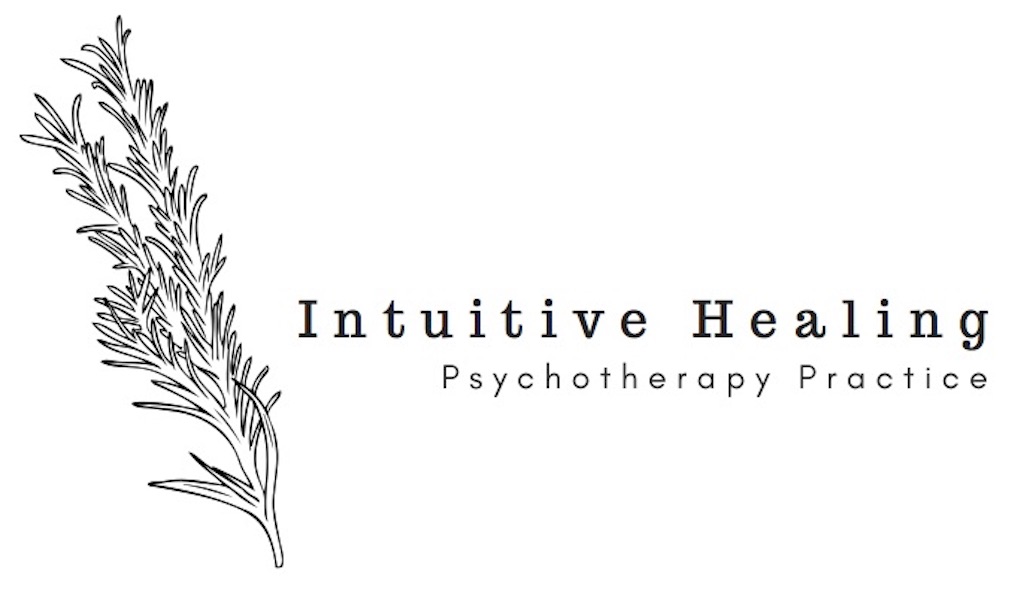Good Bones: Gottman’s Sound Relationship House
Ilana Friedman, Advanced Clinical Fellow
There’s a country-pop song by Maren Morris that was everywhere in 2019 with a chorus that proclaimed, “The house doesn’t fall when the bones are good.” Were the composers participating in a Gottman relationship workshop? Maybe! (Probably not.) However, that song deftly musicalizes one of John Gottman’s most powerful relationship concepts.
Now, who is this mythical John Gottman I speak of? He is the founder of the Gottman Institute and one of the most prominent (if not the most prominent) researchers of love and relationships. He has written numerous books and articles and has been able to distill why some marriages flourish and some fail.
One such distillation is the theory of The Sound Relationship House, “...the concept that a foundationally secure partnership is like a house. It has weight-bearing walls and levels that each person builds upon to create a sturdy bond. He called this structure the Sound Relationship House, and for more than 20 years, it’s given countless couples the tools they need to have happy healthy relationships” (The Gottman Institute, n.d.).
The walls of the house are Trust and Commitment. As Gottman and Silver (2015) state, these “protective, weight-bearing” walls are imperative for a successful relationship. Without them, the whole house will likely collapse. So how can we improve trust and commitment? Communication, both active listening and honestly speaking your truth, can make great strides toward improving your trust and commitment. Additionally, work to assume the best of your partner and stay on the same team, even through moments of conflict.
The sub-basement of the house is Build Love Maps, which simply means knowing everything there is to know about your partner. Approach them with open curiosity, even if you have been together FIVEever because we are always evolving and there is always more to learn!
The basement is Share Fondness and Admiration. It is vital that we share with our partners what we love and admire about them. For me, this looks like never missing out on a chance to give my husband a compliment (bonus points for bragging about him to someone in front of him) or tell him “thank you for taking out the trash”.
The first floor of the house has been getting a lot of press recently and was even featured in the New York Times! “When one partner... makes an earnest “bid for connection,” the other partner has three choices: They can ignore the outreach (turn away); they can respond negatively (turn against); or they can acknowledge the bid positively (turn toward)” (Pearson, 2022). Before I learned about this concept of Turn Towards Instead of Away, I would often miss things my partner was saying because I would be sucked into my phone or doing something else. Now, whenever he makes a bid, I put my phone down and turn towards him because nothing in my phone is as important to me as him.
The mezzanine level is The Positive Perspective. Gottman and his colleagues are able to predict with over 90% accuracy which couples will divorce and which will stay together. “The difference between happy and unhappy couples is the balance between positive and negative interactions during conflict. There is a very specific ratio that makes love last. That “magic ratio” is 5 to 1. This means that for every negative interaction during conflict, a stable and happy marriage has five (or more) positive interactions” (Benson, n.d.). When going into a conflict, be gentle, connect, express love and appreciation (even mid-argument), and never make winning the fight more important than your relationship.
The next floor is Manage Conflict. Conflict is inevitable in relationships so it’s important to learn how to duke it out healthily. “First, you need to accept your partner’s influence—meaning you take their feelings and desires into account instead of doing everything your own way. Second, whether problems are solvable or perpetual, you dialogue about them. Third, when you feel yourself getting heated during an argument, self-soothing (such as taking a walk or taking deep breaths) will help you remain calm” (The Gottman Institute, n.d.).
The top attic floors are Make Life Dreams Come True, which looks like supporting your partner in achieving their goals, and Create Shared Meaning. Creating shared meaning is about developing your culture as a unit. This includes creating special rituals and traditions that you develop and uphold as a couple.
I hope you can take some of these loving actions into your relationship and shore up the bones of your relationship house until it is safe and sound. As the song says:
“When the bones are good, the rest don't matter
Yeah, the paint could peel, the glass could shatter
Let it break, 'cause you and I remain the same
When there ain't a crack in the foundation
Baby, I know any storm we're facing will
Blow right over while we stay put
The house don't fall when the bones are good” (Morris, 2019).
References
Benson, K. (n.d.). The magic relationship ratio, according to science. The Gottman Institute. https://www.gottman.com/blog/the-magic-relationship-ratio-according-science/
Gottman, J., & Silver, N. (2015). The seven principles for making marriage work. Harmony Books.
Morris, M. (2019). The bones [Song]. On Girl [Album]. Columbia Nashville.
Pearson, C. (2022, September 27). How long does it take to fix a marriage? Give the Gottman’s 7 days. The New York Times. https://www.nytimes.com/2022/09/27/well/family/gottman-the-love-prescription-marriage.html
The Gottman Institute. (n.d.). What is the sound relationship house? The Gottman Institute. https://www.gottman.com/blog/what-is-the-sound-relationship-house/

